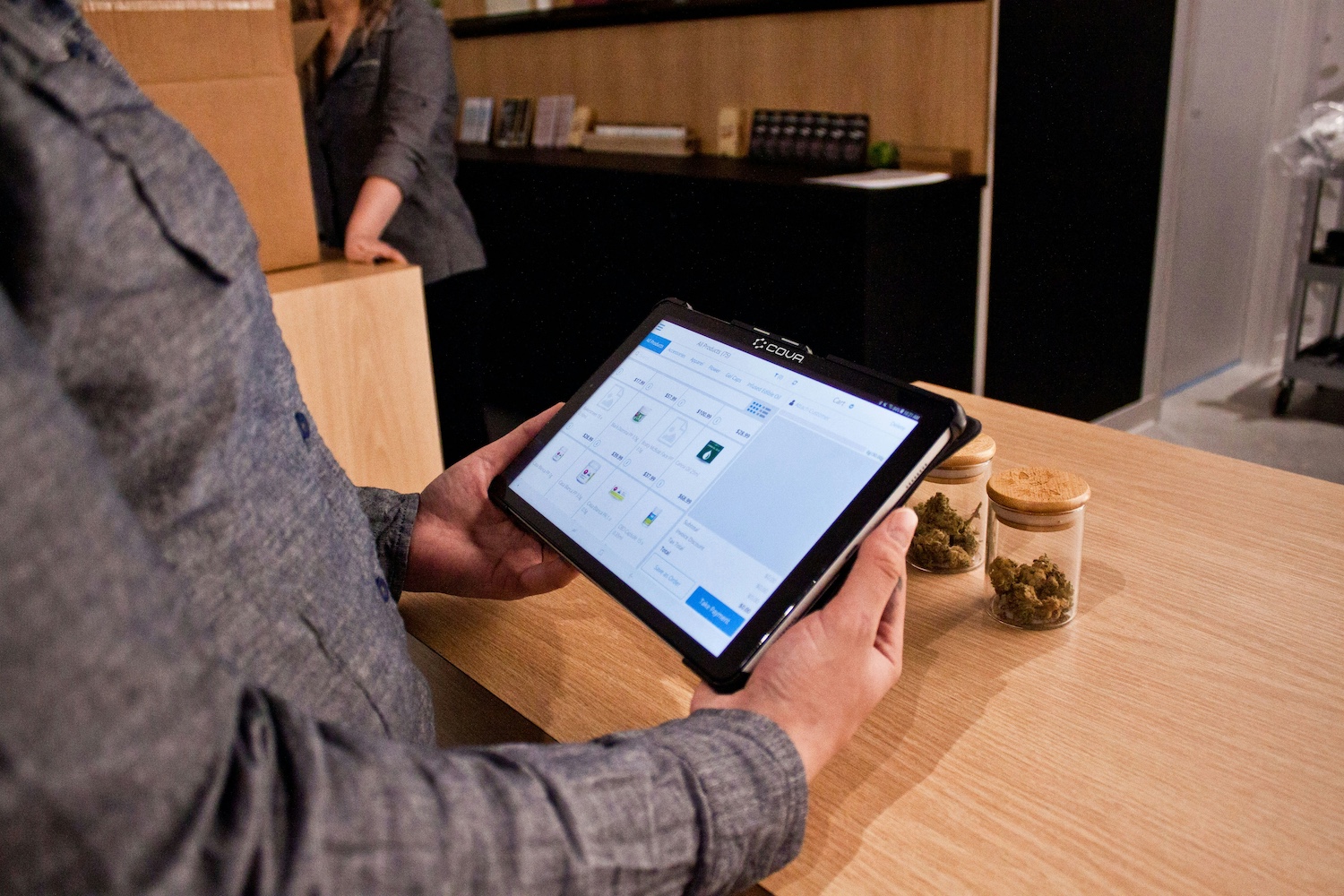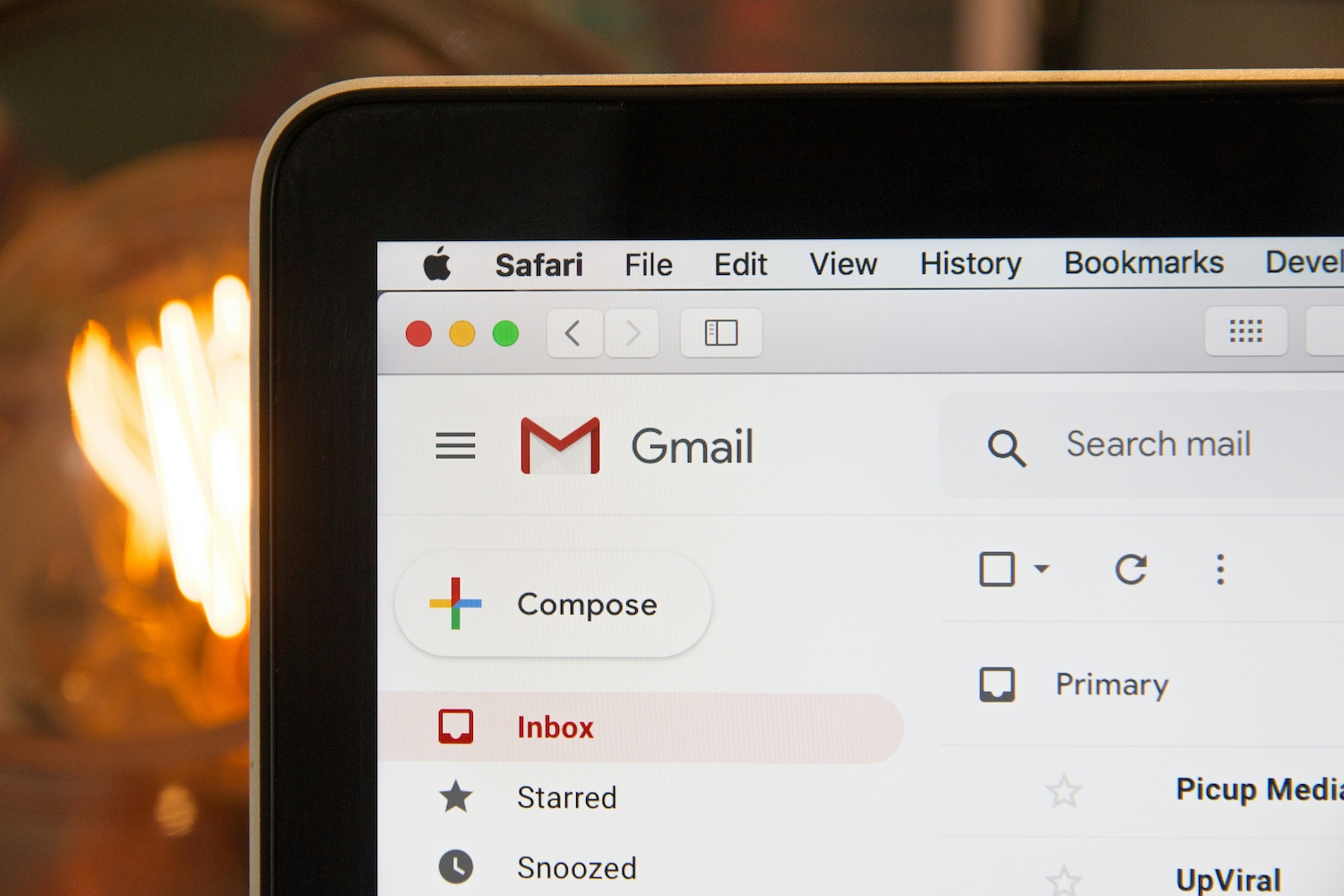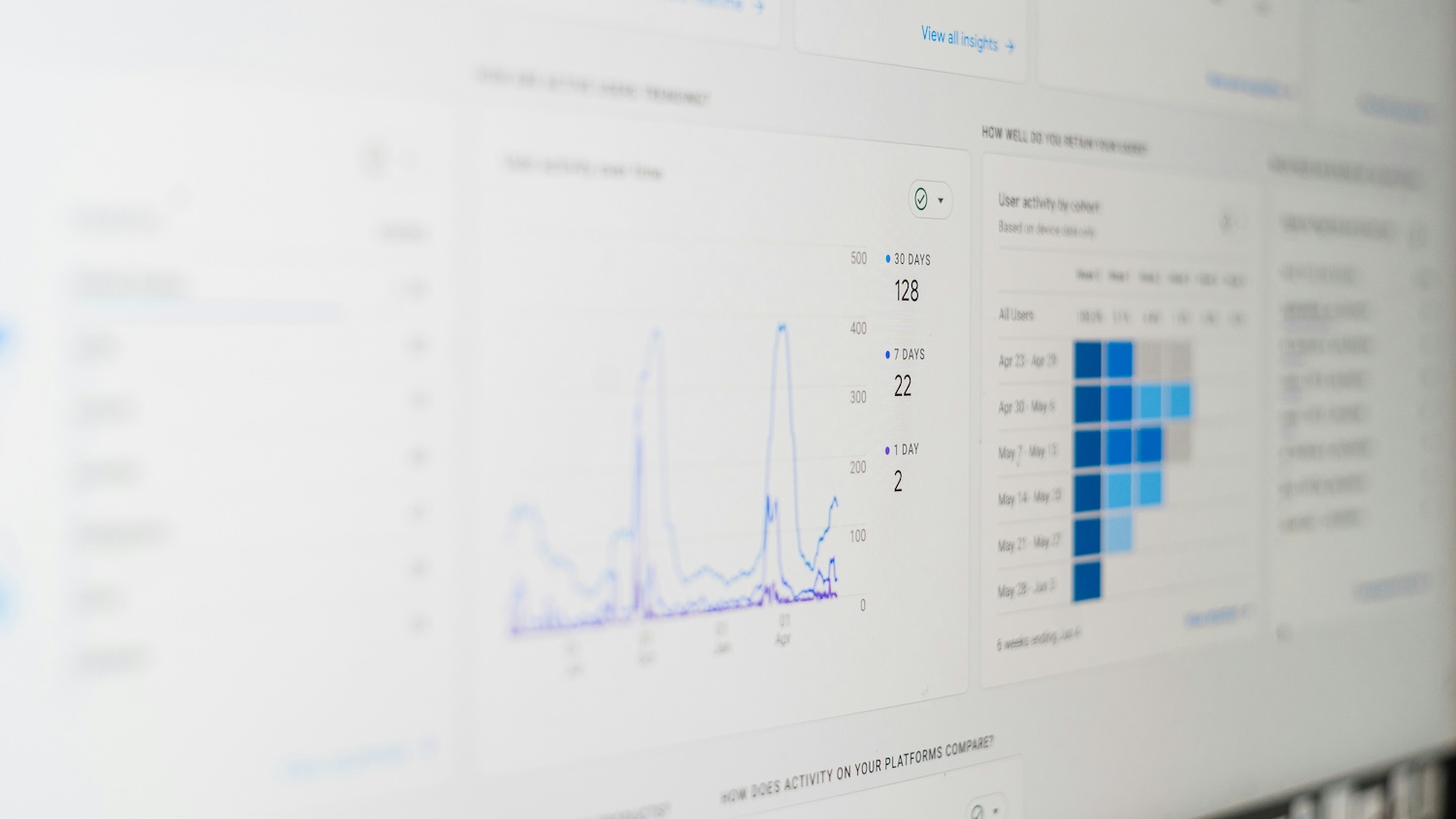· Marketing · 3 min read
Integrating Google Ads with Local SEO: A Powerful Combo for 2024

In 2024, the synergy between Google Ads and local SEO has become more crucial than ever for businesses targeting local markets. This post explores strategies to effectively integrate these two powerful marketing channels, maximizing your local online presence and driving foot traffic to your physical locations.
Understanding the Local Search Landscape
The Evolution of Local Search
Local search has become increasingly sophisticated:
- Hyper-Local Targeting: Google now considers micro-neighborhoods and specific locations within cities.
- Intent-Based Results: Search results are tailored not just to location, but to the perceived intent behind the search.
Key Takeaway: Align your Google Ads and SEO strategies to address both location and user intent for maximum visibility.
Google Ads Local Campaigns
Leveraging Location-Based Advertising
Google’s local campaign options have expanded:
- Local Inventory Ads: Showcase your in-store inventory to nearby shoppers searching online.
- Local Service Ads: For service-based businesses, these ads appear at the top of search results with a “Google Guaranteed” badge.
Best Practice: Ensure your Google My Business profile is fully optimized and connected to your Google Ads account for best results.
Keyword Strategies for Local Dominance
Blending Paid and Organic Approaches
Coordinate your keyword strategy across both channels:
- Local Keyword Mapping: Identify high-value local keywords and strategically divide them between SEO and PPC efforts.
- Long-Tail Localization: Target very specific local phrases in your ads to capture high-intent searches.
Tip: Use the Google Ads Keyword Planner in conjunction with local SEO tools to identify the most valuable local search terms.
Leveraging Local Landing Pages
Creating Synergy Between Ads and On-Site Content
Develop landing pages that serve both your ads and SEO:
- Location-Specific Pages: Create unique pages for each location, optimized for both local search and as Google Ads landing pages.
- Dynamic Location Insertion: Use dynamic parameters in your ads to automatically insert the user’s location into ad copy and landing pages.
Action Item: Audit your landing pages to ensure they’re optimized for local SEO while also serving as effective conversion points for your ads.
Harnessing Reviews and Ratings
Building Trust and Visibility
Online reviews play a crucial role in both local SEO and ad performance:
- Review Extensions: Showcase your best reviews directly in your ads.
- Rating Annotations: Leverage your Google My Business ratings to enhance your ad’s appeal.
Strategy: Implement a robust review management strategy that encourages satisfied customers to leave reviews on Google.
Mobile Optimization for Local Searches
Capturing On-the-Go Customers
With most local searches happening on mobile devices, optimization is key:
- Mobile-First Ad Design: Create ads and landing pages with mobile users in mind.
- Click-to-Call Ads: Make it easy for mobile users to contact your business directly from the search results.
Focus Area: Ensure your website loads quickly on mobile devices and provides a seamless experience from ad click to conversion.
Conclusion
The integration of Google Ads and local SEO offers a powerful way to dominate your local market in 2024. By aligning these strategies, you can create a comprehensive local marketing approach that captures potential customers at every stage of their journey, from initial search to final purchase. Remember, the key to success lies in viewing these channels not as separate entities, but as complementary tools in your local marketing arsenal.
Stay agile, keep testing new local marketing features as they emerge, and always prioritize providing value to your local community. With the right approach, you can turn your local market into your greatest business asset.




